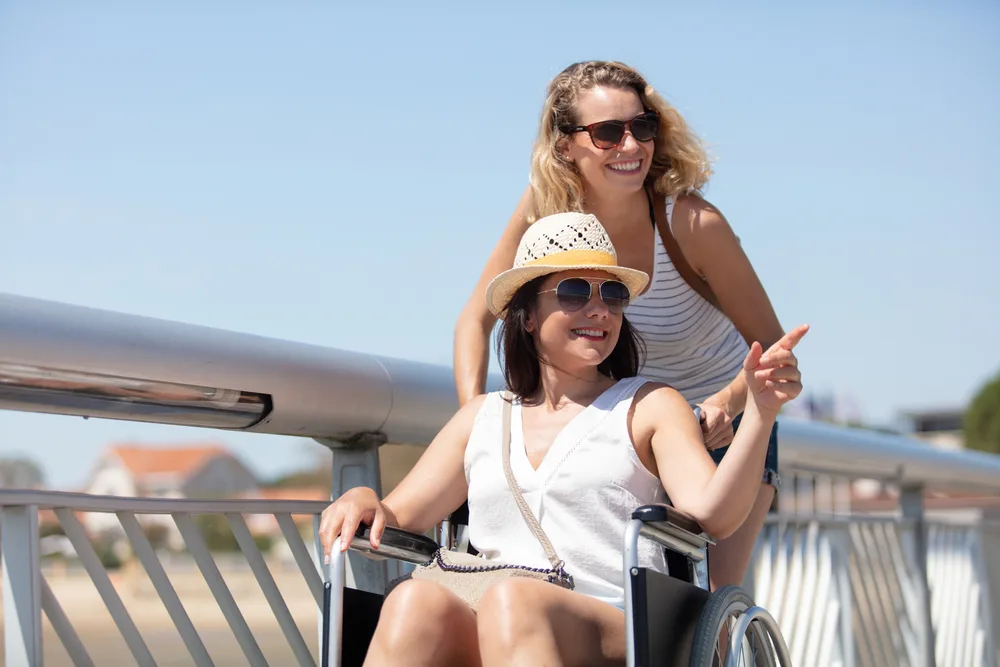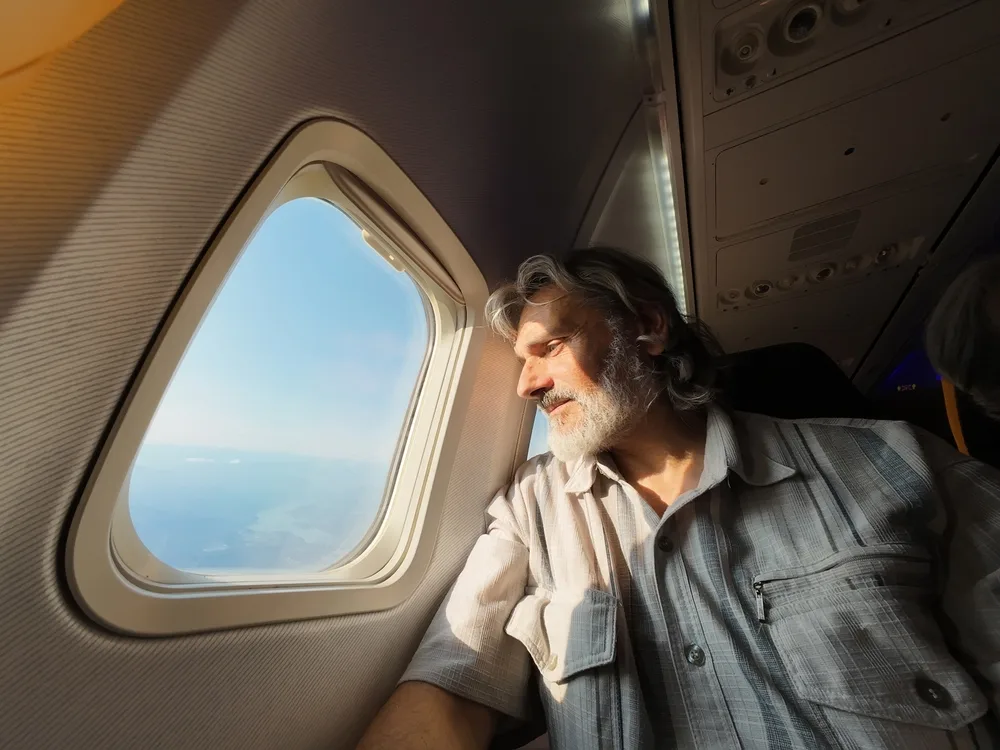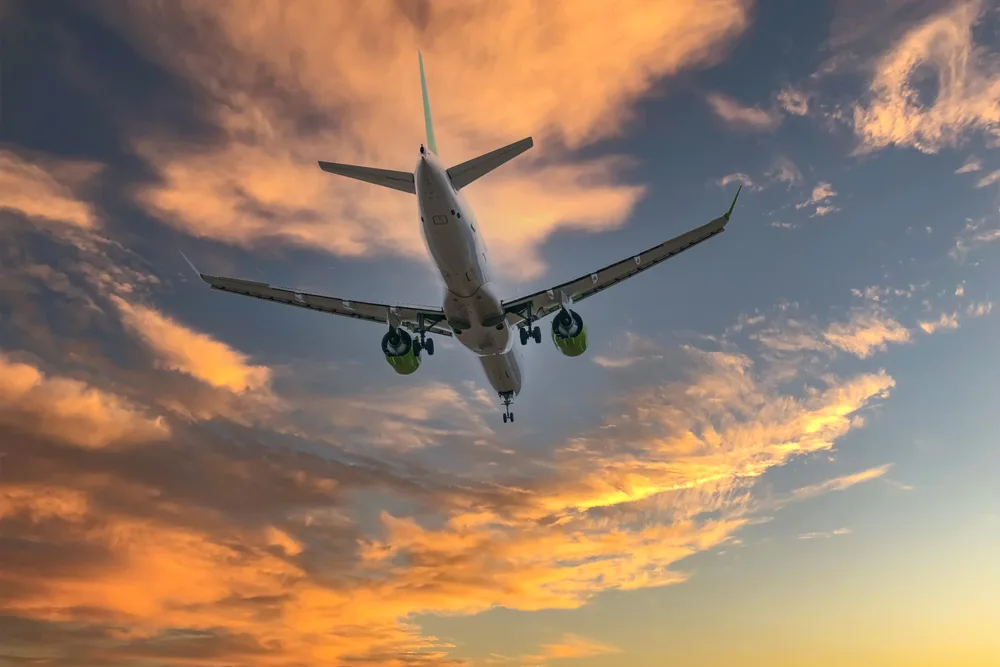Your guide to long-haul travel with a disability
For many, the idea of jetting off on a long-haul adventure is exciting. But if you’re living with a disability, planning a big trip can come with a few extra challenges.

For many Australians, the idea of jetting off on a long-haul adventure is exciting – a chance to explore new cultures, visit family overseas, or tick off a bucket-list destination. But if you’re living with a disability, planning a big trip can come with a few extra challenges.
The good news? With the right preparation, long-haul travel can be just as enjoyable and accessible. More than 4.4 million Australians live with disability, and the travel industry is steadily becoming more inclusive than ever.
Whether it’s your first overseas holiday or you’re a seasoned traveller heading further afield, this guide will help make long-haul travel more manageable, safer – and most importantly – more enjoyable.
Why accessible travel matters
For many people, travel is more than just a holiday – it’s a lifeline to independence, connection, and joy. But not everyone experiences it in the same way.
Planning a long-haul trip while living with a disability can mean more detailed research, extra steps at airports, and closer attention to health and accessibility needs. That doesn’t mean it’s not worth doing.
Accessible travel opens the world to everyone – giving people the opportunity to explore on their own terms. Whether you use a wheelchair, live with chronic pain, or need mobility or medical support while away, your travel experiences should feel just as exciting – and just as achievable – as anyone else’s.
Preparing for long-haul travel
When it comes to long-haul journeys, preparation isn’t just helpful – it’s essential. Planning ahead gives you more control, reduces the chance of unexpected challenges, and lets you focus on the joy of travel rather than the stress of logistics.
Here are some key things to think about early in your planning:
1. Choose the right destination
Not all destinations are equally accessible, but the good news is that many countries are making real progress. If you use mobility aids, require accessible transport, or need reliable access to healthcare facilities, it pays to do some research before you book.
Look for:
- Accessible public transport (e.g. low-floor buses, lifts at train stations)
- Flat, paved paths in city centres and tourist areas
- Step-free access to hotels, restaurants, and attractions
- Accessible bathrooms in public areas
- Reliable medical infrastructure, especially if you live with a chronic health condition
Destinations such as New Zealand, Singapore, and parts of Europe (including the Netherlands and Scandinavia) have been praised for their inclusive infrastructure. Cities like Barcelona, Vienna, and Tokyo have also made accessibility a priority in their urban design.
Closer to home, Australian cities like Melbourne and Brisbane are improving accessibility too, with better transport links and cultural attractions designed for travellers of all abilities.
2. Talk to your airline early
Airlines are required to accommodate passengers with disabilities, but to receive the right support, you’ll need to notify them in advance – usually at least 48 hours before departure.
When you contact the airline, be sure to:
- Request assistance through the airport, including help at check-in, security, and boarding.
- Specify any mobility aids you’ll be bringing – wheelchairs, walking sticks, or scooters.
- Ask for seat preferences such as extra legroom, seating near accessible toilets, or help stowing medical equipment.
- Check in-flight medical needs – such as refrigeration for medication or space for service animals.
Each airline has its own policies and procedures, so review their accessibility pages online or call their special assistance team directly. It’s also a good idea to arrive at the airport early to allow extra time for support services.
3. Check your Travel Insurance
Travel Insurance is a must for long-haul journeys – and even more so if you’re travelling with a disability. Medical emergencies, lost equipment, or flight disruptions can quickly become expensive and stressful without the right protection.
When choosing a policy, make sure it:
- Covers your specific medical condition
- Includes mobility aids and medical equipment (such as wheelchairs, hearing aids, or CPAP machines)
- Offers 24/7 emergency medical support, especially in your destination country
- Covers trip cancellation or interruption linked to your health
At AllClear, we specialise in supporting travellers with medical conditions. Our experienced and empathetic team is always here to help, so you can travel with confidence.
For full details of the benefits, terms and conditions, limits, sub-limits and exclusions that may apply, please refer to the Product Disclosure Statement (PDS) and Target Market Determination (TMD).
General advice warning: Any advice provided is general in nature and does not take account of your particular needs and circumstances. Before purchasing this product, decide whether it is right for you by reading the combined Product Disclosure Statement (PDS) and Financial Services Guide. A Target Market Determination (TMD) is also available.
4. Build in downtime
Long-haul travel can be physically and mentally draining – especially if you’re managing a condition or following set routines. Jet lag, shifting time zones, unfamiliar food, and disrupted sleep patterns can all take their toll.
- Here’s how to create a more balanced itinerary:
- Ease into it: Avoid cramming too much into your first 48 hours overseas.
- Plan rest days: Space out activities and excursions with downtime.
- Stick to routines: Keep up with medication, stretching, or whatever helps you feel well.
- Allow buffer time: Build gaps between connecting flights or transport links to avoid rushing.
Remember: travel isn’t a race – it’s about enjoyment. Give yourself the space to settle in, recharge, and experience your destination at your own pace. Building in downtime isn’t a luxury – it’s smart, self-care travel.
Booking flights and accessible accommodation
Once you’ve chosen your destination and locked in your travel dates, it’s time to handle the logistics – and this is where a little extra planning goes a long way.
Both flights and accommodation can shape your experience, so getting these right is key to ensuring a smoother, more enjoyable trip.
5. Make the journey easier from the beginning
Air travel with a disability can feel daunting, but most major airlines now offer support services to make your experience safer and more comfortable. That said, you'll need to be proactive.
Request assistance in advance. Airlines typically require at least 48 hours’ notice to arrange special assistance, such as:
- Help getting to the check-in counter
- Fast-track access through security
- Boarding and disembarking support
- Transfer between gates or terminals using airport buggies
- Assistance with baggage or medical equipment
Make sure to notify the airline at the time of booking, and follow up with them a week before your flight to confirm everything is in place.
You can also choose your seat strategically. Aisle seats near the front of the aircraft or close to accessible toilets can make things much easier. If you use mobility aids, avoid exit rows, as these are restricted.
Booking directly with the airline gives you more control over your request and makes it easier to discuss your needs with a real person. Many airlines have specialist teams for accessibility support.
- Pack supporting documentation. Keep a folder in your carry-on with:
- A doctor’s letter detailing your condition and medication
- Prescriptions for any medication you're carrying
- A summary of your travel insurance
- Details about any medical equipment or mobility aids
Having these documents handy can smooth the process at security, customs and in-flight, and provide peace of mind in case of emergencies.
6. Find the right place to stay and ask the right questions
The word “accessible” can mean very different things depending on where you’re travelling. That’s why it’s so important to go beyond the listing description and ask direct, specific questions.
Don’t rely on generic labels. Instead, check:
- Is there step-free access from the entrance to the room?
- Are there lifts to the upper floors?
- Is the bathroom wheelchair accessible with a roll-in shower and grab rails?
- Are doorways wide enough for mobility aids?
- Is there space beside the bed for a carer or equipment?
Ask for photos or video walkthroughs of the room and bathroom layout. It may feel like it’s asking a bit much, but this step alone can save you a lot of frustration when you arrive.
Make sure you use trusted platforms and booking sites that focus on accessible travel, such as:
AllClear does not have a relationship with any of the nominated platforms and does not receive any remuneration from them.
- Accessible Accommodation
- Airbnb’s “Accessibility Features”
- Booking.com’s room-level accessibility filters
These sites often provide more transparency, and some even include user reviews from other disabled travellers.
Even if the accommodation is accessible, the local neighbourhood might not be. Use Google Street View to look at pavements, steps, ramps, and distances to key facilities like restaurants, shops or transport hubs.
Remember: your accommodation should feel like a place you can relax and feel secure. If you have questions, ask them. If the answers aren’t clear, keep looking. You deserve a stay that works for you, not one that asks you to adapt to it.
Navigating airports, transfers and flights
Airports can be overwhelming, especially when you’re travelling long-haul and dealing with a condition. But with a few key strategies, you can make the experience smoother and more relaxed.
7. Arrive early and check in confidently
Getting to the airport early gives you time to navigate check-in, security, and gate transfers without rushing, especially if you’re using assistance services. Most airports recommend arriving at least three hours early for international flights.
Make yourself known to staff at check-in and remind them of any services you’ve booked. Staff are there to help, and most are well-trained in disability support.
8. Use special assistance lanes and services
Airports in Australia and around the world offer priority lanes for security and immigration – use them. They often have dedicated support for people with mobility aids, hearing or visual impairments, or hidden disabilities.
If you’ve booked special assistance, an airport representative will typically guide you through to the gate, and help with boarding.
9. Stay comfortable on the flight
Long-haul flights can take a toll, so set yourself up for as much comfort as possible:
- Request an aisle seat or a bulkhead seat with extra legroom
- Stay hydrated and stretch your legs regularly
- Use seat cushions or lumbar support if sitting for long periods causes pain or fatigue
- Keep essential medication in your carry-on, with anything you may need during the flight
Don’t hesitate to ask cabin crew for help – they can assist with everything from storing mobility aids to helping you move around the cabin
Travel your way
Long-haul travel with a disability can seem complex, but with the right tools and support, it becomes entirely possible – and truly rewarding.
Start with careful planning, book services in advance, and choose accommodation and flights that prioritise your comfort and safety. Don’t be afraid to advocate for what you need – your travel experience should work for you, not the other way around.
And remember: whether you're heading off to reconnect with family, experience a new culture, or simply take a break, you deserve to do it on your own terms.
For important information about the insurer, the distributor, and applicable disclaimers, please see the Important Notice section below.
Important notice:
Any advice provided is general in nature and does not take into account of your particular needs and circumstances. Before purchasing the insurance, decide whether this product is right for you by reading the combined Product Disclosure Statement and Financial Services Guide available here. A Target Market Determination for this product is available here. We also recommend consulting with relevant governmental and local authorities, including checking the Smart Traveller website, before making any travel decisions – https://www.smartraveller.gov.au/disclaimer
This insurance is underwritten by the insurer Mitsui Sumitomo Insurance Company Limited (MSI), ABN 49 000 525 637, AFSL 240816. Europ Assistance Australia Pty Ltd (EAA) ABN 71140219594, AFSL 552106 holds a binding authority from the insurer, MSI to issue contracts of insurance and to deal with or settle claims on MSI’s behalf and as MSI’s agent.
AllClear Insurance Services Pty Ltd, ACN 165 270 066, trading as AllClear Travel Insurance, is an Authorised Representative (AR number 1311154) appointed by EAA to distribute and administer this insurance product.
Related Posts
Get expert takes on travel trends, safety updates, and destination news to make smarter travel decisions.
%201.svg)



.webp)